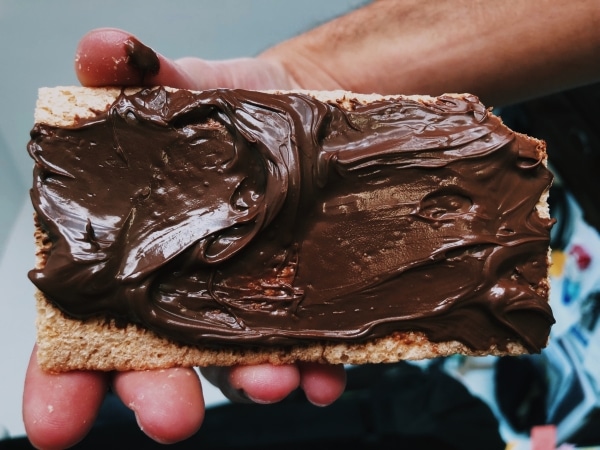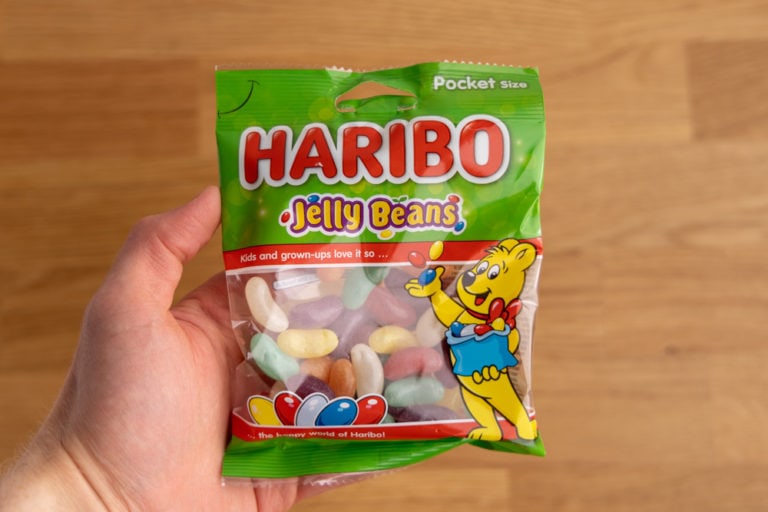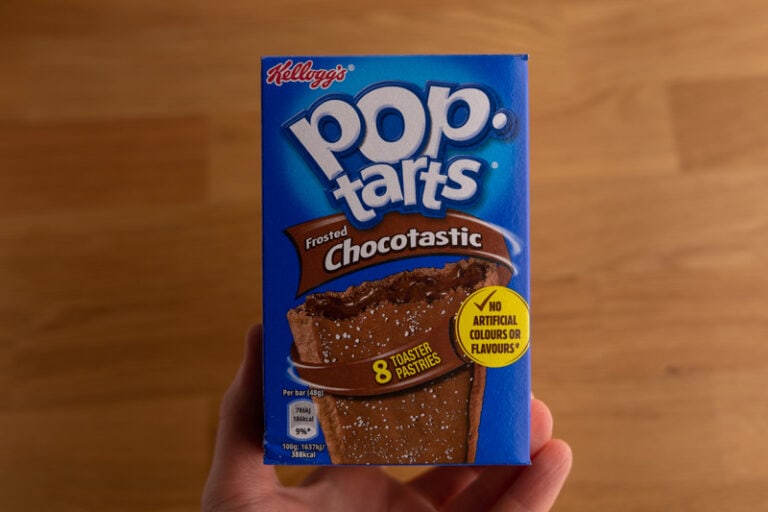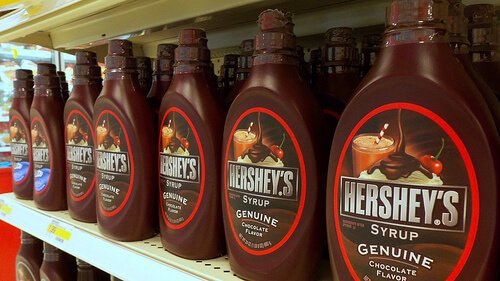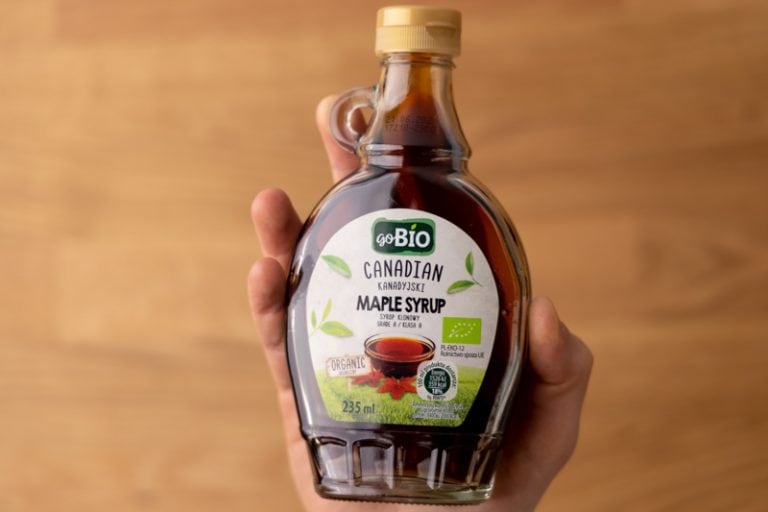Do Marshmallows Go Bad?
Found an old bag of marshmallows that’s passed its best-by date? That’s when you wonder: do marshmallows go bad?
Or maybe your bag sits open for a few days, and you’re not sure how long marshmallows are good for.
Or how to store them so that they don’t get sticky.
That’s what this article is all about: storage, going bad, and shelf life of marshmallows.
Interested? Read on.
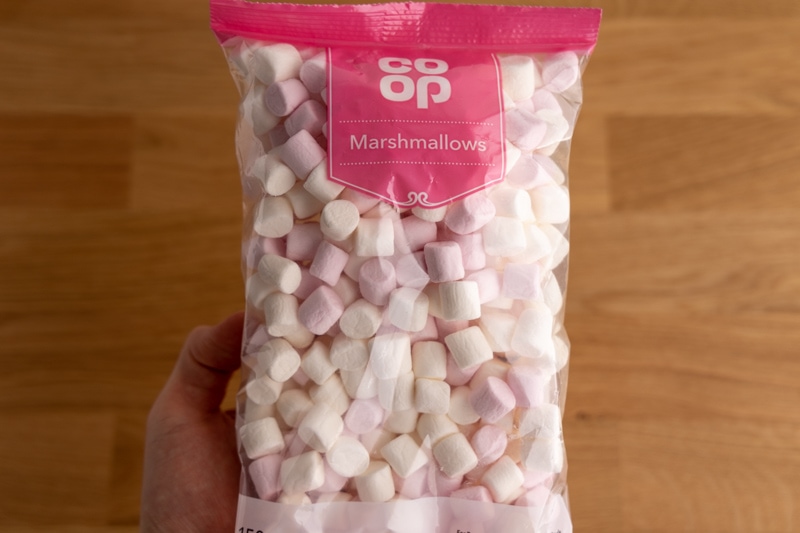
How Long Do Marshmallows Last?
| Pantry | Freezer | |
|---|---|---|
| Marshmallows (unopened) | Best-by + 1-2 months | Best-by + 6+ months |
| Marshmallows (opened) | 1 week | 3+ months |
Marshmallows come with a shelf life of 2 to even 6 months, noted by the best-by or best-before date on the label, and usually keep for at least 1 to 2 extra months. Once you open the bag, the sugar candies retain good quality for about a week before they start to become hard and chewy.
Those are the general guidelines. Let’s discuss the details.
Shelf Life of Marshmallows
The shelf life of marshmallows depends heavily on the producer and the ingredients they are using.
Marshmallows from small bakeries are often made preservative-free, hence the short shelf life of 2 to 3 months.
Those mass-produced marshmallows you can find in the supermarket usually have a couple of extra ingredients to help the candy retain quality for longer. That’s why they come with a longer one.
Pretty much all marshmallows easily last for a month or two after the date on the label (which isn’t an expiration date). Those with preservatives, understandably, retain quality for longer, more like 4 to 5 months.
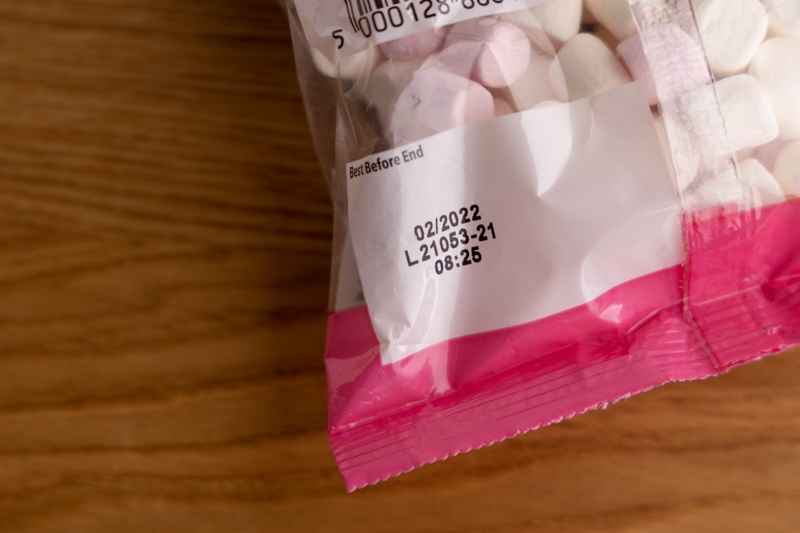
Open Package
Once you open the package, the sooner you eat the marshmallows, the better.
While some producers urge you to finish the bag within 3 days, the candies should taste great and not harden for at least a week. Sometimes even two weeks.
As time goes by, marshmallows will naturally harden and lose their quality. So even though they might be safe to eat after being opened for a month, they probably won’t taste nearly as good as they used to.
If you need to store these candies for longer than 2 weeks, it’s probably better to freeze them (more on that later).
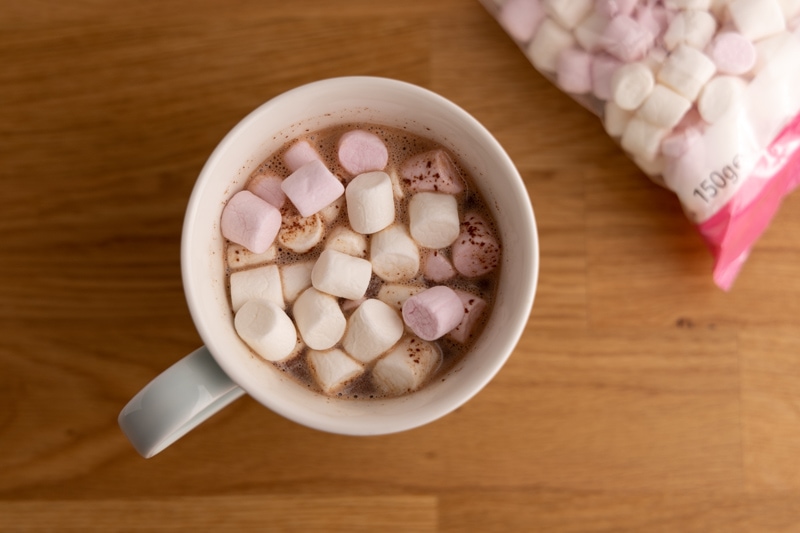
How To Tell If Marshmallows Are Bad?
Marshmallows don’t easily go bad in the sense they become unsafe to eat, but they retain quality for only so long. And once yours become hard, chewy, or smell or taste stale, that’s when you get rid of them.
For marshmallows, if they taste bad, they’re as good as spoiled.
Besides quality issues, here are other things that might go wrong.
Pantry Bugs
Candies of all types attract a host of pantry bugs, particularly ants.
If your bag of marshmallows sits in storage for months, inspect the bag of the candy first. Make sure that it’s completely sealed and free from holes caused by insects. And that the aren’t any dead (or alive) pantry pests inside.
If you find any insects, throw the candy out, and check other food products nearby. Those things spread like wildfire.
Sticky Marshmallows
Marshmallows that have access to moisture (i.e., are stored in a humid place) will clump together and become sticky.
The change in texture doesn’t mean that the marshmallows are no longer safe to eat. They just turn goopy due to melted sugars.
Unfortunately, the quality drop is pretty significant, and I recommend you throw these out. There’s no point in eating candy that tastes bad.
If sticky and melting marshmallows is an issue you’re dealing with often, make sure to read the storage section.
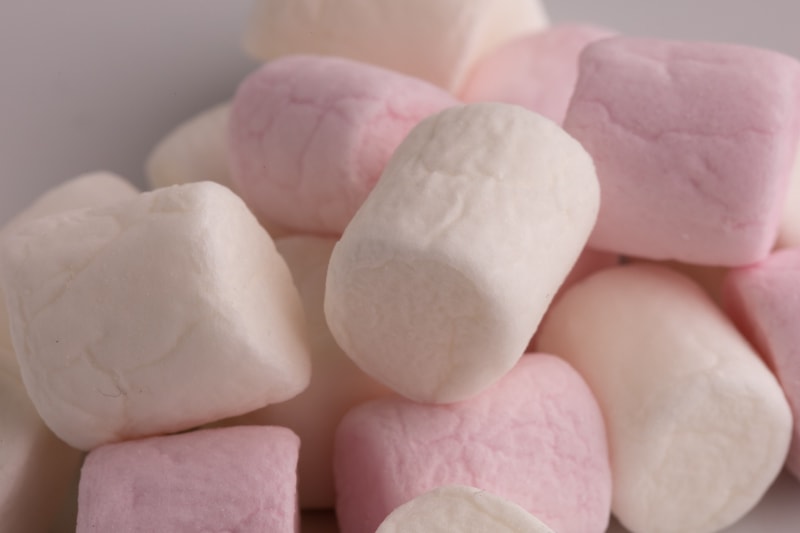
Other Quality Issues
A freshly opened bag of marshmallows has a sweet yet mild aroma, pillowy-soft texture, and sugary taste. That’s the ideal you’re after.
If the marshmallows are particularly old or open for way too long, the quality will suffer. Discard yours if:
- they are hard or chewy
- the color of candy has changed
- the smell is funny or off in any way
- they taste bad or stale
- anything else seems off
Texture changes like hardening or being chewy don’t necessarily mean that the marshmallows are spoiled. But, once again, I don’t think eating them so that you don’t have to throw them out is a good enough reason.
Marshmallows are made mostly of water, sugar, and gelatin. You eat them to satisfy your sweet tooth, not because you’re hungry. If you aren’t delighted with the experience, I don’t see the point.
How to Store Marshmallows To Keep Them Fresh
Store marshmallows in a cool and dark environment, away from sources of heat. Once you open the bag, make sure it sits in a dry spot and that it’s sealed tightly. A resealable bag is a good option here.
If you need to store marshmallows for a prolonged period, freezing them is also an option.
Those are the basics. Let’s get into details.
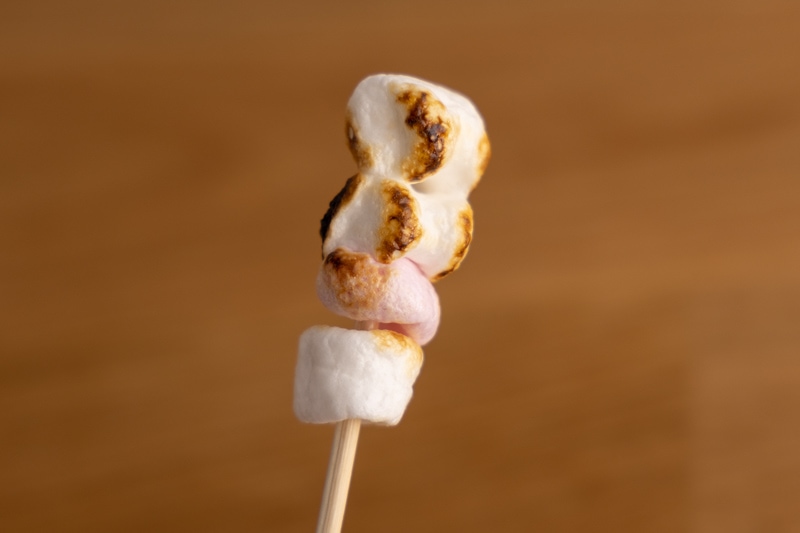
Unopened Bags
Although marshmallows have a high water content, they are shelf-stable.
Assuming that it’s not the middle of a hot summer or your AC is on, room temperature is perfect for them. Slightly below is also fine. That means a dark cupboard in the pantry or kitchen is a great choice.
If you live in the tropics, or it gets really warm where you store your marshmallows, refrigerating them might be the optimal choice.
If you have a history of marshmallows melting and sticking together, store them in the fridge or freezer instead.
Opened Bags
Once you open the bag, keep the marshmallows sealed tightly because they harden when exposed to air and absorb any nearby moisture. You can do that in a couple of ways.
The easiest is to twist the bag’s opening and seal it with a rubber band, food clip, or a twist tie.
Another option is to put the open package into an airtight container. Or transfer the marshmallows into a freezer bag.
A tight seal also prevents the candy from picking up strong odors from their environment.
If, despite that, your marshmallows tend to get sticky after storing them for some time, try sprinkling them evenly with a tablespoon of cornstarch or powdered sugar (does powdered sugar expire?).
If your marshmallows pick up moisture quickly and become dense and chewy, try placing a slice of white bread in the bag. It should help pick up any moisture and leave the candy dry. The same trick works if you’re softening hardened brown sugar.
Besides all of that, remember to store the bag away from direct light and in a cool, dry place, just like you do with an open bag.
(You do the same for Oreos and Pop Tarts.)
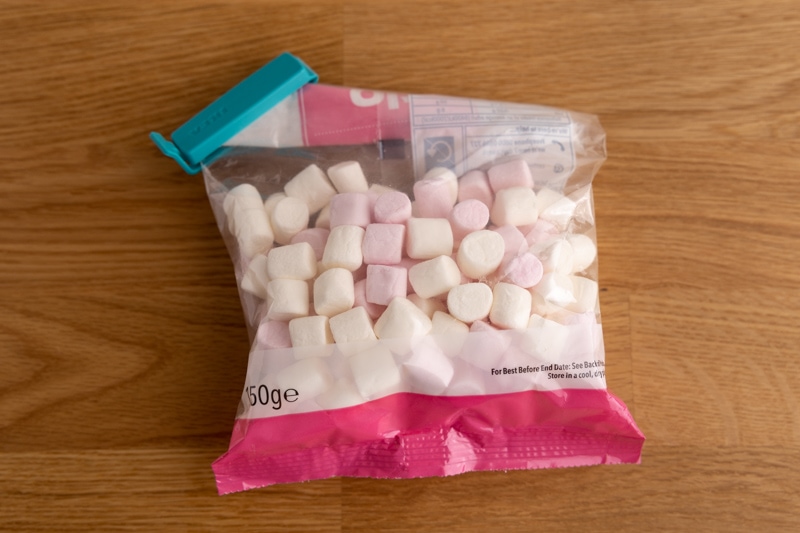
Can You Freeze Marshmallows?
Marshmallows freeze surprisingly well.
While most sellers don’t talk about whether or not you can freeze their product, give it a shot. Especially if you don’t plan to consume the rest of your stash anytime soon and don’t want to force it to avoid waste food.
If the bag is unopened, there’s no additional prep needed. Just chuck the bag into the freezer, and you’re good to go.
If the package is opened, transfer the candy into an airtight container or a freezer bag, and then freeze. The most important thing here is that the marshmallows should be sealed tightly.
Remember not to pack the candy too tightly, both in the container and in the freezer (if you’re using a bag). You don’t want to squish the marshmallows in storage.
When it comes to defrosting, all they need is 10 to 30 minutes on the counter, depending on the size. Or you can use them right away if you’re melting them in hot chocolate or making S’mores.
If the marshmallows turn out sticky after freezing, sprinkle them with some powdered sugar or cornstarch. Give the bag a good shake, and the marshmallows should be ready to use.
As a bonus, marshmallows are easier to cut into shapes when they’re frozen. The only downside is that you need to hurry because they come to room temperature really fast.
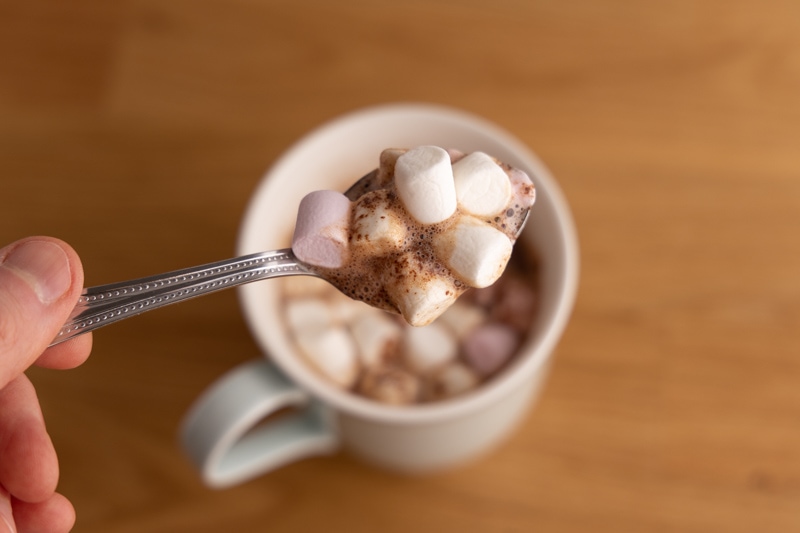
Homemade Marshmallows
All of the suggestions above work for most homemade marshmallows. But not all.
There are hundreds of marshmallow recipes out there, and each one is slightly different. Because of that, the recommendations when it comes to shelf life and storage practices differ too.
Ideally, you should go with whatever the recipe suggests. If there aren’t any specifics, assume that room temperature in a sealed container or bag for a couple of weeks is okay.
When it comes to freezing, some recipe authors mention specifically that you shouldn’t freeze their marshmallows. If that’s the case, but you really want to make that work, freeze a small batch and see how it goes.
If you got the marshmallows as a gift or bought them in a candy shop, don’t hesitate to ask how long they are good for, or if you can freeze the leftovers.
The general suggestions I provide are accurate and work in most cases, but it’s always better to confirm that with the source.
Rotten Records: Share Your Snap!
Caught some food past its prime? Upload your photo to “Rotten Records” and help others spot the signs of spoilage. Every image makes our food community safer and more informed!
